9 High-Protein Foods That Beat Eggs for Weight Loss
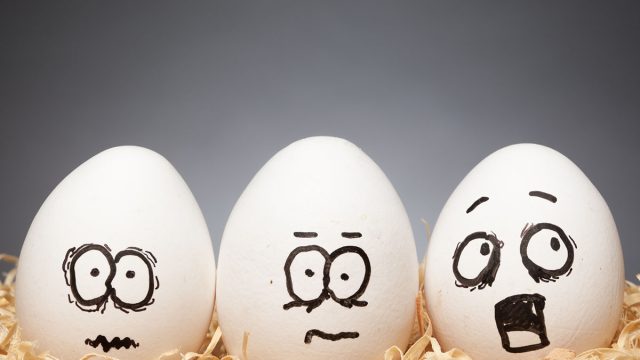
Are you trying to lose weight by eating eggs? Melissa (@fitmission.nutrition) is a weight loss and macro nutrition coach for women. In her social media posts, she educates her followers on how to eat to lose weight. In one recent Instagram post, she talks about protein. "Eggs are NOT a high source of protein. That's not to say don't eat them, bc they are delicious & good for you…BUT 2 eggs isn't enough for breakfast, ladies!" she writes in the caption.
2 Eggs Only Have 12 Grams of Protein
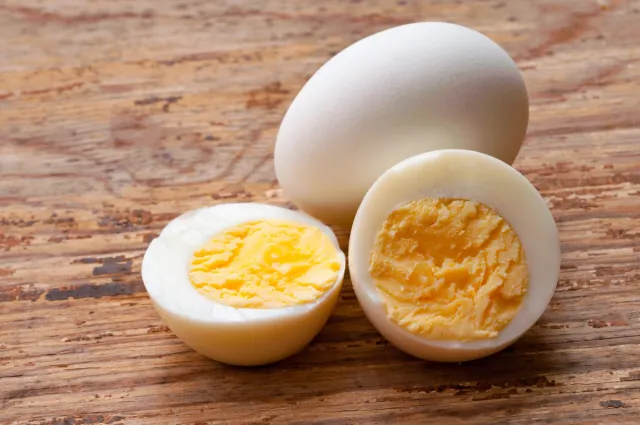
She points out that "2 eggs=12g of protein," but "women working on fat loss 35+ need 25-30 at each meal!!" she adds. "Protein is vital for building & maintaining muscle, which gives you the "toned" LOOK you want. It helps keep you full for longer & helps with/ curbing sugar & carb cravings! Save this & add these nine high protein sources to your diet!"
One Cup of Egg Whites
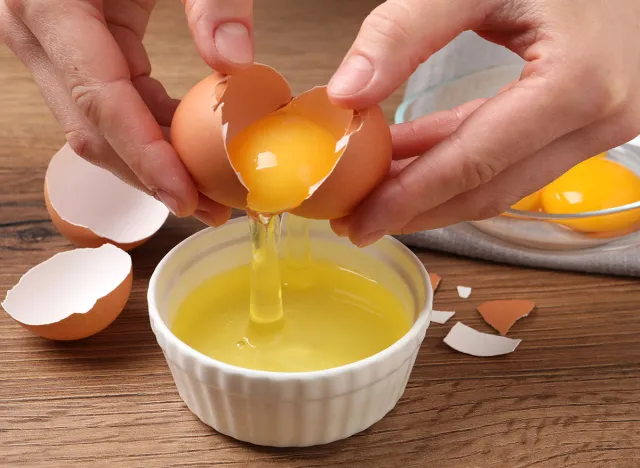
Egg whites, eggs without the yolk, are a great alternative to the whole egg for protein. "One cup has 26g of protein & only 126 calories," she says. "HACK—I ADD egg whites to the eggs I am already eating for MORE protein. 1/2 cup of egg whites has about 13g of protein. I buy the egg whites in a carton & beat them together with a whole egg to easily up my protein."
Nonfat Greek Yogurt
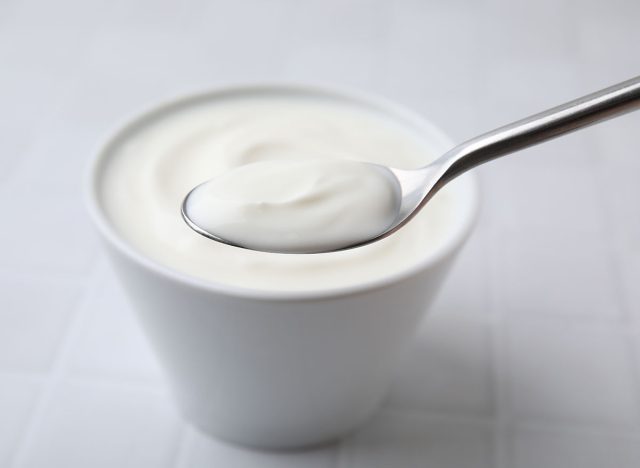
Next up, non-fat Greek yogurt "1 cup is 25g protein & 140 cals. It comes in a ton of flavors to meet anyone's likes! Non-fat dairy is NOT the same as other non-fat foods. ONLY the saturated fat is removed," she says.
Cottage Cheese
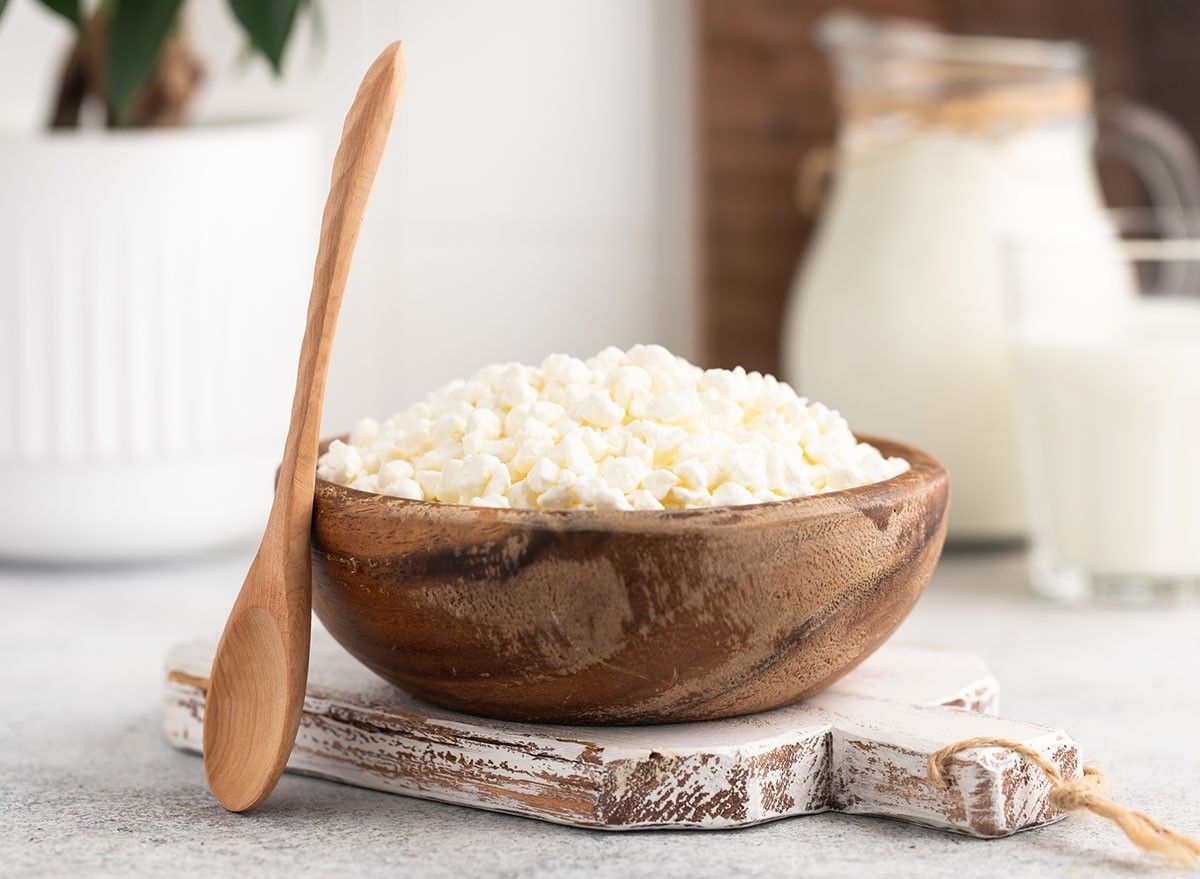
She also recommends non-fat/low-fat cottage cheese. "1 cup is 28g of protein & 180 cals. I eat it alone, with fruit or even mix it into my marina sauce & eggs to add creaminess + protein!!" she says.
Chicken Breast
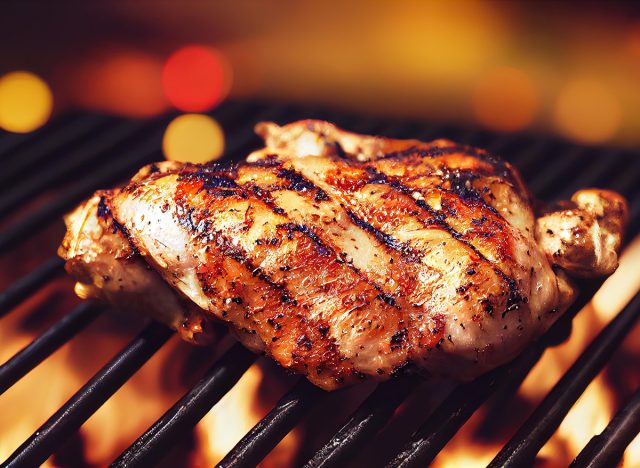
It should come as no surprise that chicken breast made the list. "Just 3oz packs 24g of protein & 150 cals. Literally, the most versatile & lean protein source," she says.
RELATED: Can Green Tea Help You Lose Weight? Here Is What Science and the Experts Say
Shrimp
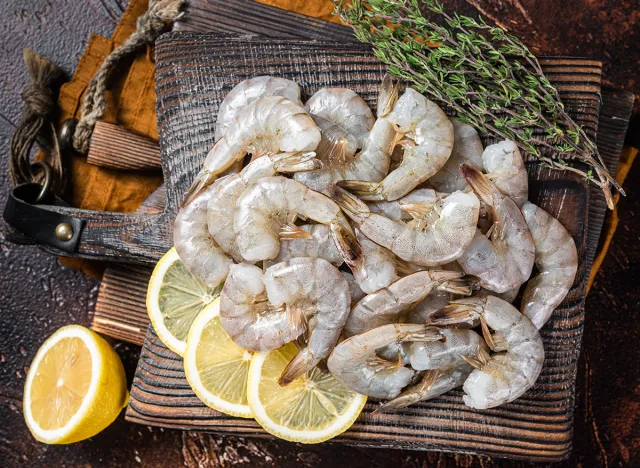
Shrimp is another great lean protein with more pack for the punch than eggs. "Just 4.5oz is 30g & only 152 cals! This is the easiest source to keep in the freezer for a high protein & low-fat option you never run out of!" she says.
Lean Beef
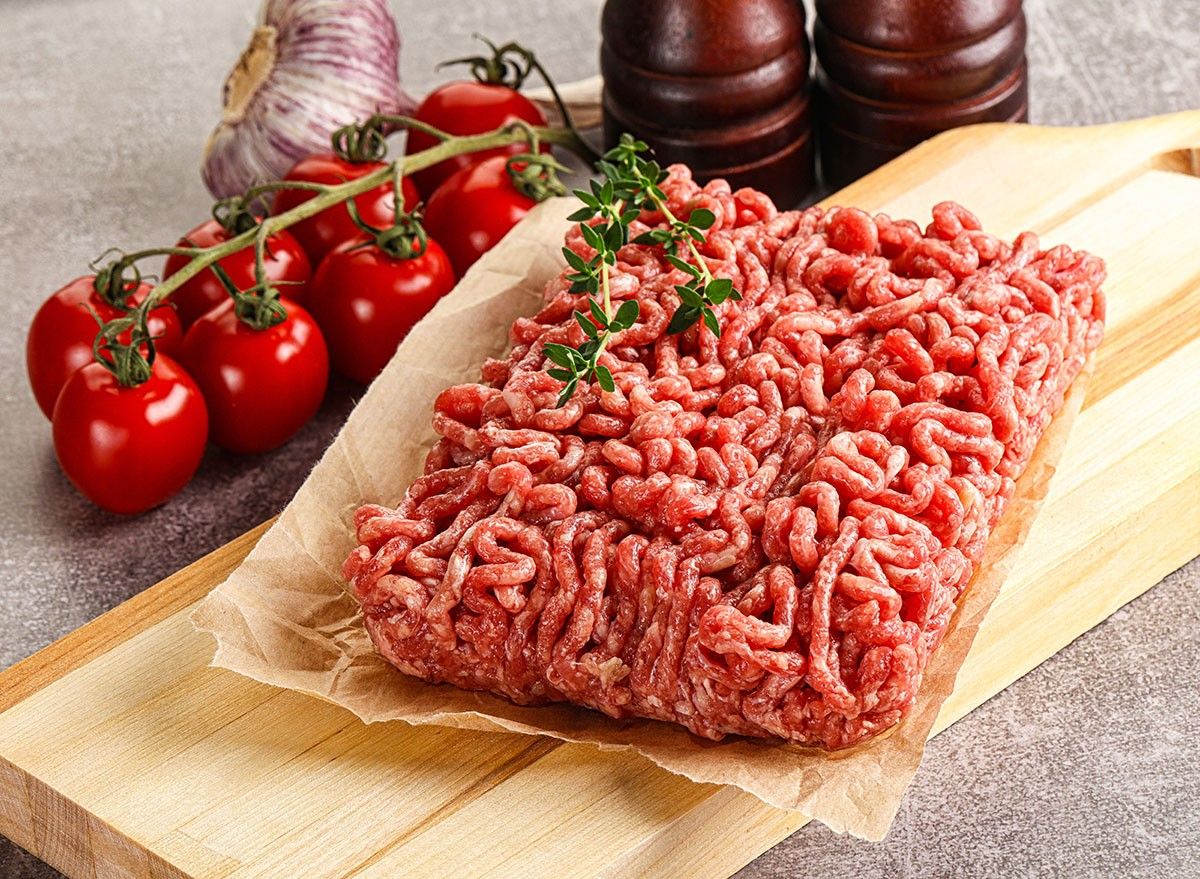
A surprising entry on the list? Lean Beef. "Just 4oz packs 27g protein & 140 cals! Lean ground beef is so versatile: breakfast taco bowls, burgers, spaghetti…," she writes.
Deli Turkey
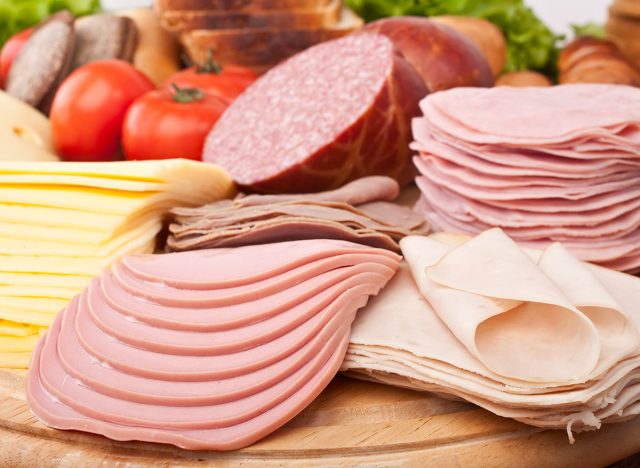
Deli turkey is an easy way to consume protein. "4oz is 20g of protein & 120 cals. Buy organic or a good brand that's not pre-cut. Add it with an egg to an English muffin or use it for a sandwich or wrap!" she says.
Tuna
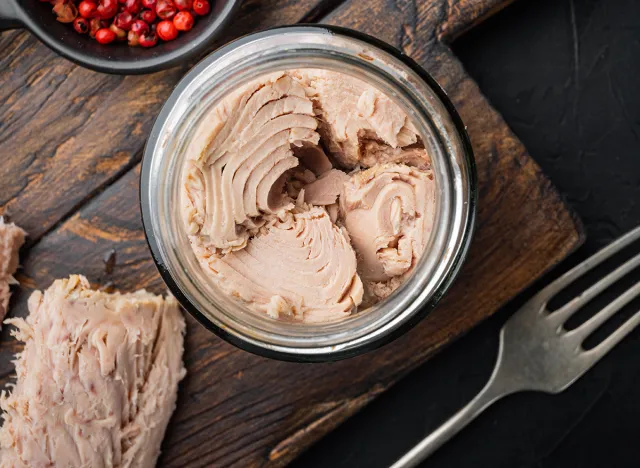
Another convenient form of protein? Tuna. "A can drained is 20g protein & only 100 calories! Super quick & easy, just make sure to get the kind in water, not oil," she writes.
RELATED: She Walked 10,000 Steps Every Day for a Month, and Here Is What Happened
Tofu
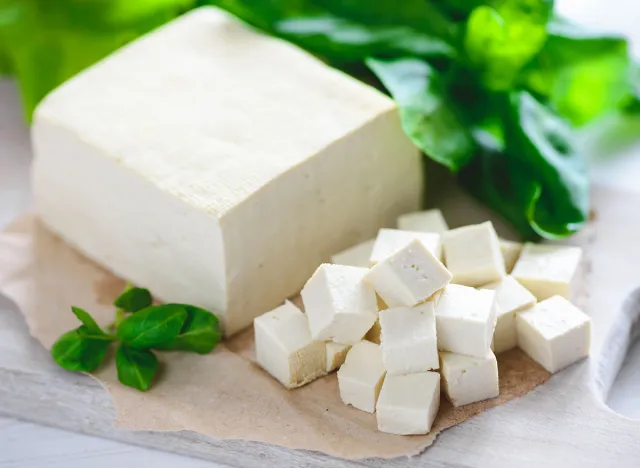
Tofu will also get the job done for anyone on a plant-based diet. "1 cup of tofu only has 150 cals & 18g of protein for my vegetarian friends!" she writes. And if you enjoyed this article, take advantage of these 15 Quick Ways to Lose Body Fat Percentage in a Week.




